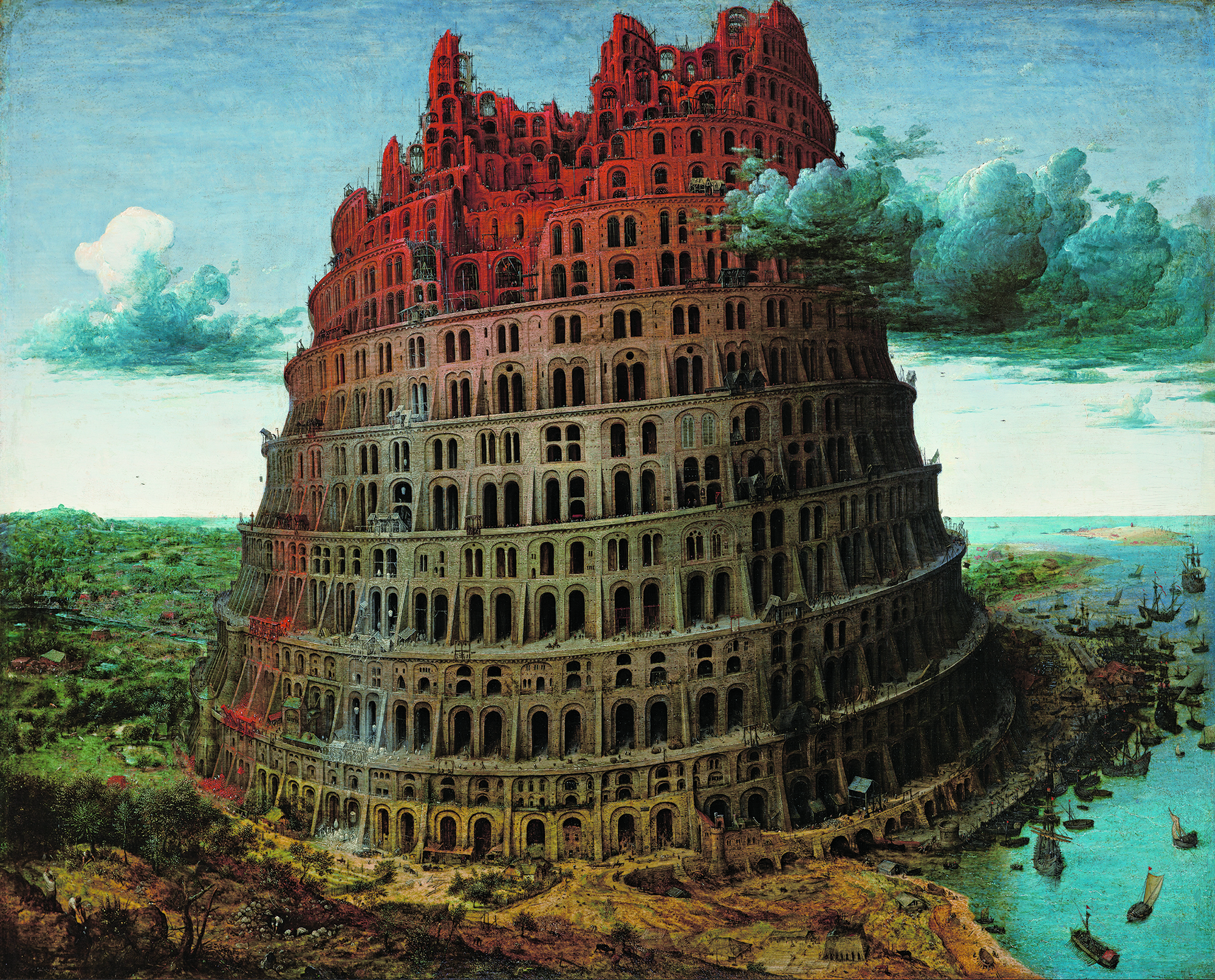Tokyoites, that is to say the 13 or so million people who somehow manage to live with the certain knowledge that chaos and confusion will be wrought on the city by a massive earthquake in the not too-distant future, have the opportunity to ponder Pieter Bruegel the Elder's 16th-century depiction of the "Tower of Babel" at the Tokyo Metropolitan Museum of Art. The exhibition also includes a number of supplementary paintings and etchings that give the painting some context.
Not much is known about Bruegel, so it's only possible to speculate on the philosophical outlook that resulted in his highly detailed and endlessly fascinating depictions of vernacular and mythical landscapes. Purely from a visual point of view, the Flemish painter's inventiveness, like his predecessor Hieronymous Bosch, was to make the anecdotal and sometimes comical detail that often appeared in the background of medieval European religious painting the main content of many of his images.
The original story of Babel in the Bible's Book of Genesis is a lesson in hubris and divine judgement, and it's not much of a stretch to imagine that Bruegel's depiction of an unfinished tower spiraling upward to the very edge of the picture frame, with humanity rendered as tiny anonymous figures, is also making a point about the insignificance of man in the face of God.



